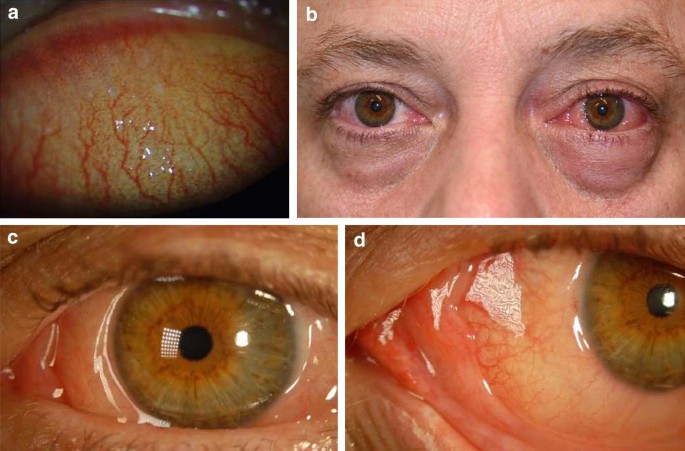Heimo Breiteneder Zuzana Diamant Thomas Eiwegger Wytske J. Fokkens Claudia Traidl‐Hoffmann Kari Nadeau Robyn E. O’Hehir Liam O’Mahony Oliver Pfaar Maria J. Torres De Yun Wang Luo Zhang Cezmi A. Akdis
REVIEW Open Access
Abstract
The specialties of allergy and clinical immunology have entered the era of precision medicine with the stratification of diseases into distinct disease subsets, specific diagnoses, and targeted treatment options, including biologicals and small molecules.
This article reviews recent developments in research and patient care and future trends in the discipline. The section on basic mechanisms of allergic diseases summarizes the current status and defines research needs in structural biology, type 2 inflammation, immune tolerance, neuroimmune mechanisms, role of the microbiome and diet, environmental factors, and respiratory viral infections. In the section on diagnostic challenges, clinical trials, precision medicine and immune monitoring of allergic diseases, asthma, allergic and nonallergic rhinitis, and new approaches to the diagnosis and treatment of drug hypersensitivity reactions are discussed in further detail.


 Correspondence information about the author MD Carla M. Davis
Correspondence information about the author MD Carla M. Davis Article Info
Article Info